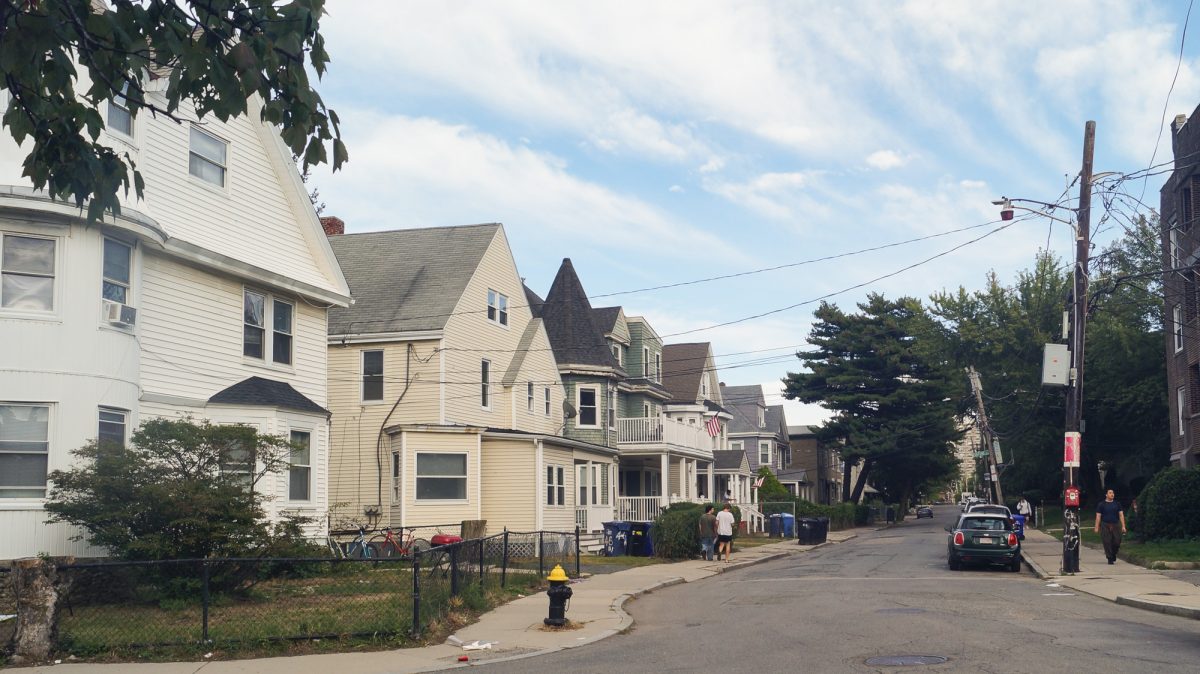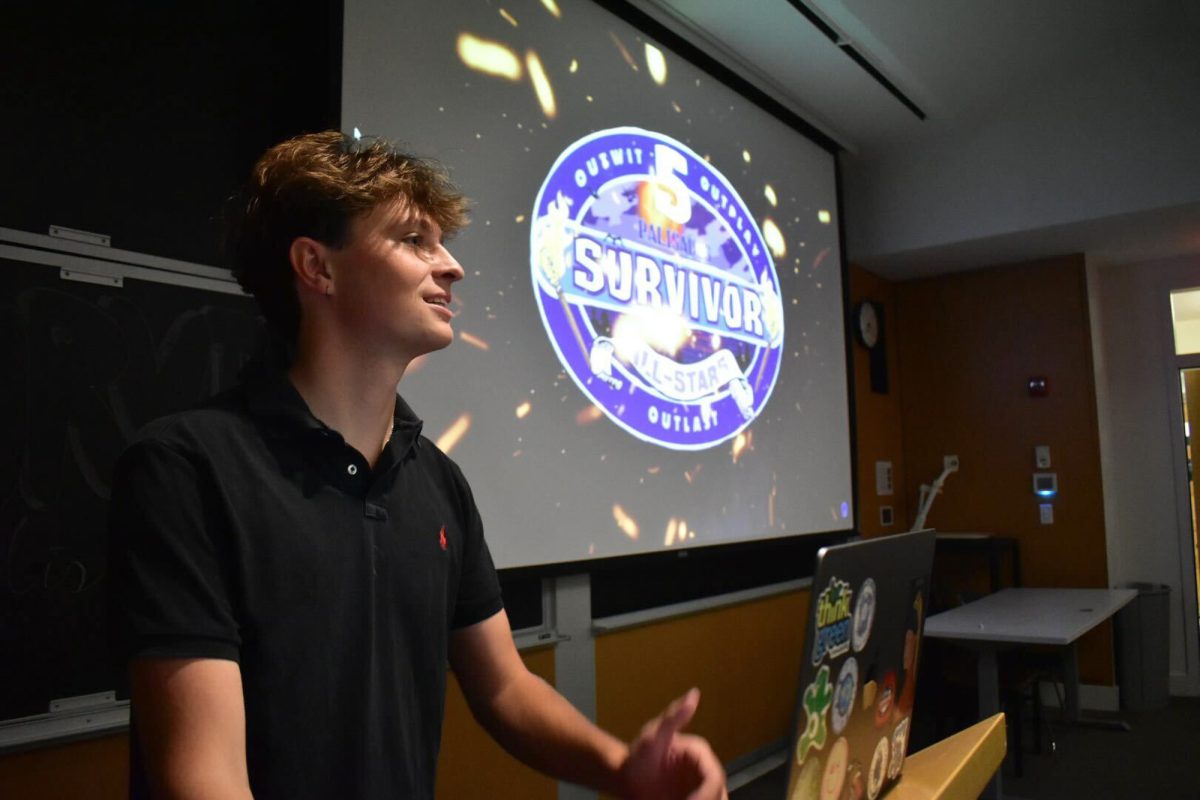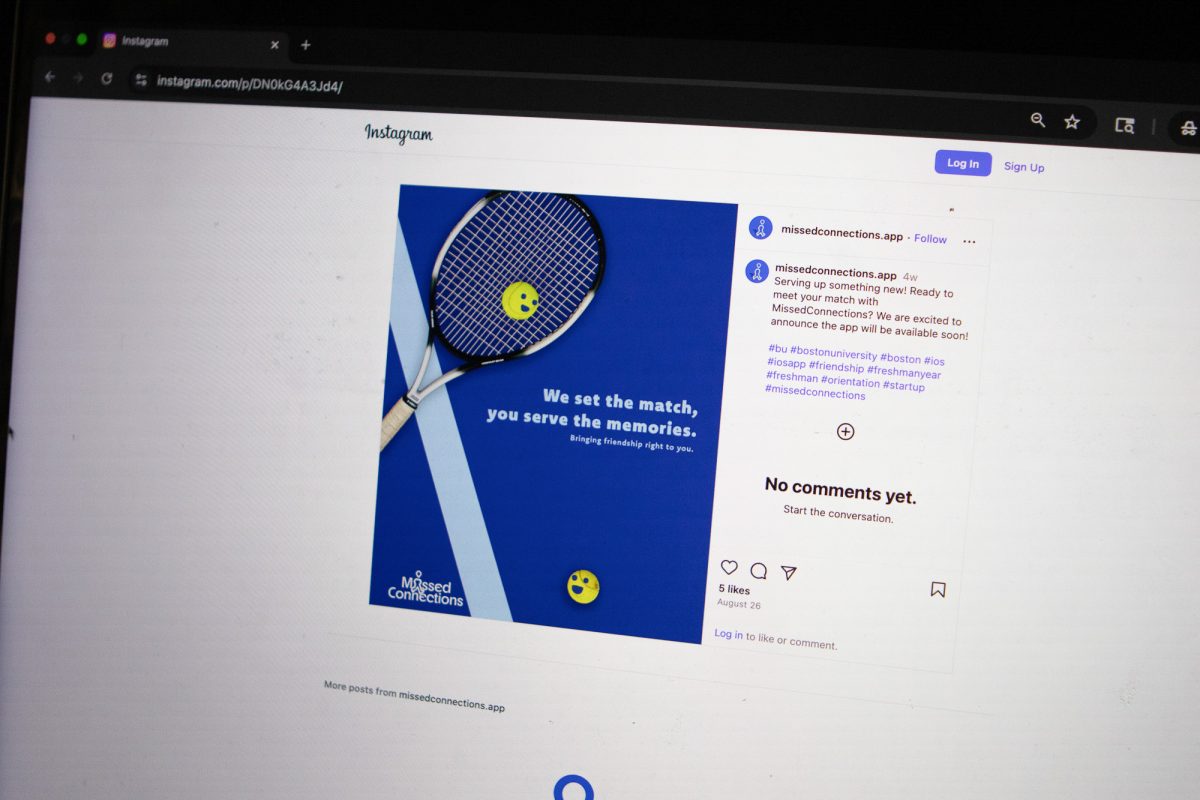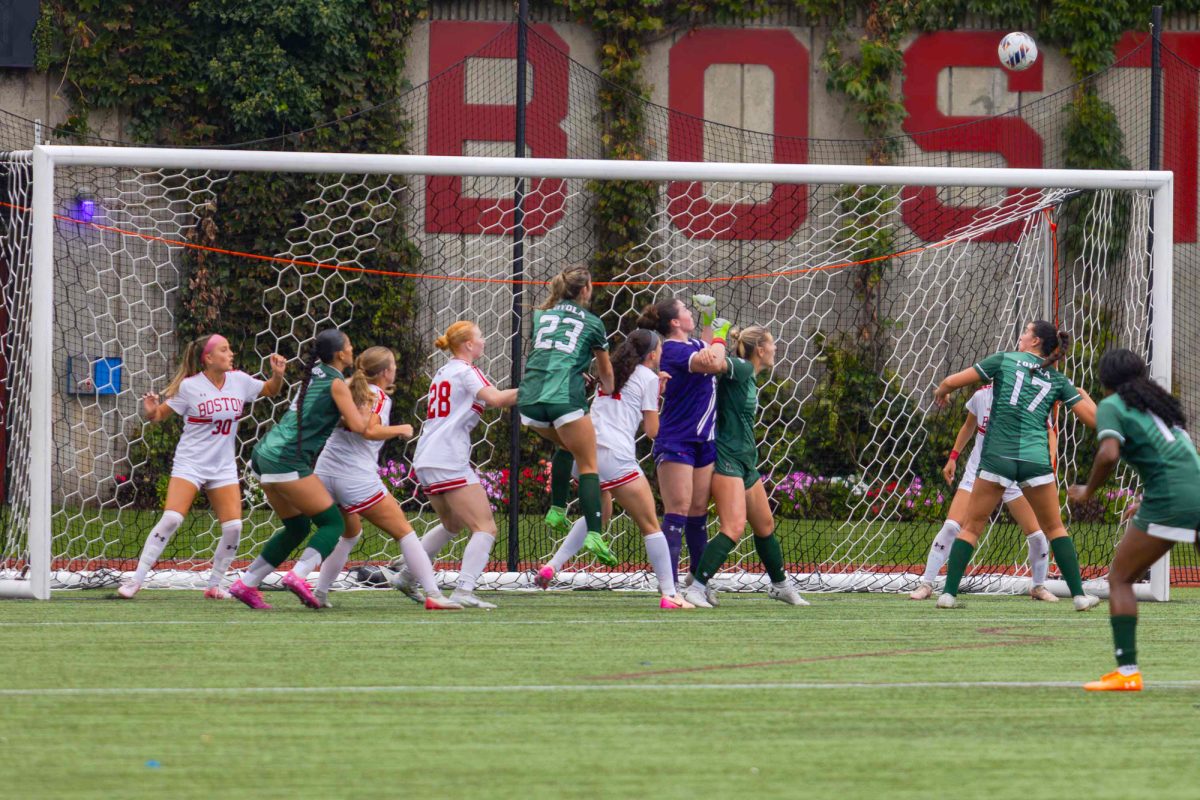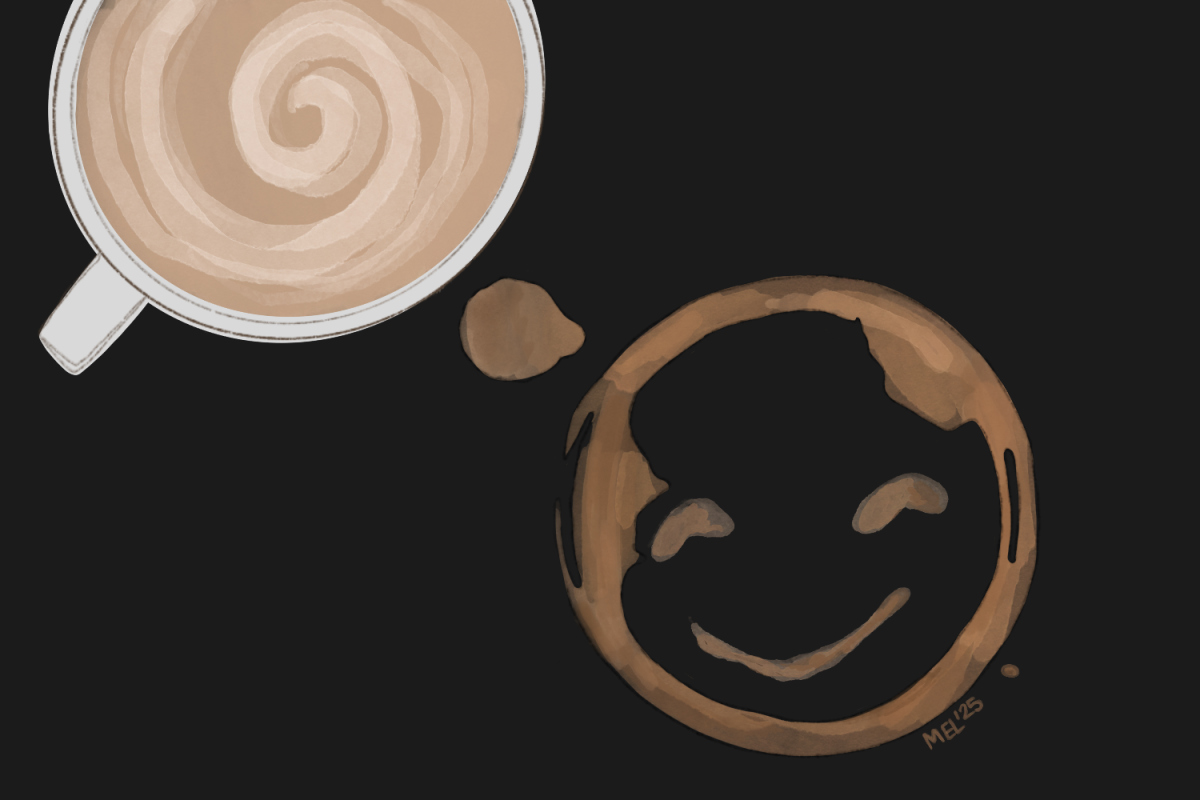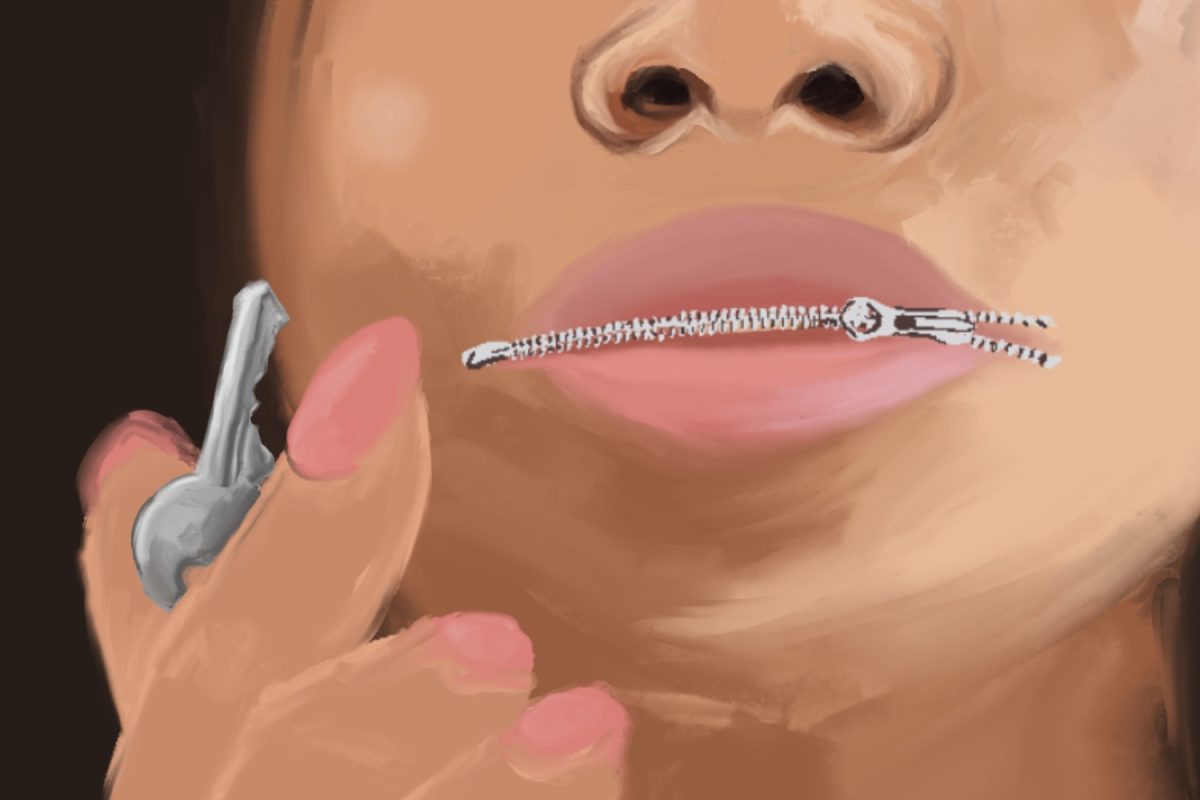 Walking along a path in Boston Common across from the Massachusetts State House, there are no visible remnants of Boston’s LGBT history. However, this was the very path where about 155 years ago, transcendentalist writers Ralph Waldo Emerson and Walt Whitman walked while discussing Whitman’s newest edition of “Leaves of Grass,” a literary classic famous in part for its bold homoerotic overtones, at least to the conservative society of the time period.
Walking along a path in Boston Common across from the Massachusetts State House, there are no visible remnants of Boston’s LGBT history. However, this was the very path where about 155 years ago, transcendentalist writers Ralph Waldo Emerson and Walt Whitman walked while discussing Whitman’s newest edition of “Leaves of Grass,” a literary classic famous in part for its bold homoerotic overtones, at least to the conservative society of the time period.
“Is that homoerotic?” said Boston by Foot tour leader Barry DeVincke after reading a passage from Whitman’s work. “They had a very, very low bar.”
Despite Massachusetts being the first state in the country to allow same-sex marriage, Boston isn’t widely known for its LGBT history and community, in contrast to cities such as San Francisco or New York. But there is a rich history to be found in Boston if one is willing to listen and look.
Boston University students and faculty did just that during a walking tour Friday organized by the School of Theology’s Sacred Worth, a student group that works to include the LGBT community within the church and society as a whole.
The tour was one of many events in Sacred Worth’s first OUTober initiative, a month-long event series in conjunction with October’s LGBT History Month. Organizer Nathan Bakken explained that the goal of OUTober is to deepen people’s awareness about LGBT issues historically, intellectually and personally.
“I think the history side is important because it’s a history that not a lot of people are taught, and it’s a history that I think unless provided opportunity, very few people will take the initiative to learn themselves,” they said. “I think it allows you to have a deeper connection to the city and really know the streets you’re walking, and who have walked before you.”
Standing in front of the State House, DeVincke described the practice of the “Boston marriage,” a term American writer Henry James popularized though his 1886 novel “The Bostonians.” A Boston marriage, DeVincke explained, is a “loving relationship between two women who wish to be independent of men’s domination.” These were often wealthy women working in the arts, such as locally famous sculptor Anne Whitney, who lived with Abby Adeline Manning in Beacon Hill during the 19th century.
“Women had limited choices in the 19th century, so very few of them were able to take part in such a relationship,” DeVincke said. “Most women were forced to live traditional lives committed to husbands whether they wanted to or not.”
Almost a century later, the legendary Stonewall Riots occurred in June 1969 in New York City, bringing awareness to LGBT discrimination and sparking the modern gay rights movement across the country. Boston’s first pride parade, DeVincke said, was in 1971 and started at Jacques, Boston’s oldest LGBT establishment at the time. Protestors demanded that staff improve the misogynistic treatment of lesbian patrons. Afterward, the protestors went to the former police headquarters on Berkeley Street to protest the constant harassment of gay people.
“It was only 300 people, but that was enough to get the word out,” DeVinke said.
DeVincke said he has been a proud member of the LGBT community while living in Boston for the past 51 years and was thus able to provide not just the facts of Boston’s LGBT history, but in many cases, a first-hand account.
For Bakken, learning about the protest march and the more militant spirit of the time was an interesting contrast to today’s mainstream gay pride movement.
“I think from our modern standpoint, when we think of gay pride, we think about floats and rainbows,” Bakken said. “We think of half-naked men and parties, and thinking of gay pride and the history of it within Boston, that it was 300 people protesting not to be harassed and for better treatment, I think that kind of shapes how we interact with pride within our own contemporary society.”
In this environment of “floats and rainbows,” DeVincke said it’s easy for the current LGBT generation to overlook the hardships that people of the older LGBT generation have endured, perhaps none harder than the AIDS crisis of the 1980s.
“It was a very, very sad time because people were dying and the government didn’t care,” DeVincke said. “The entire administration, Ronald Reagan, never used the word ‘gay’ once.”
DeVincke said he was a buddy to three AIDS victims through the AIDS Action Committee and watched them all succumb to the disease.
“AIDS brought out the very best and the very worst in people,” he said. “Some parents rejected their sons because it was an embarrassment to their family. Some friends stopped visiting former friends because they felt awkward and didn’t know how to handle the situation. Then there were the buddies, healthcare providers and other volunteers who made great personal sacrifices to make life easier for the patients.”
DeVincke added, “If you want to know who the heroes are, they are the ones who change the diapers of 40-year-old men who are bed-ridden.”
STH Spiritual Life coordinator Charlene Zuill, on the other hand, said she didn’t know anything about Boston’s LGBT history before embarking on the tour. However, she emphasized the importance of learning about the history of oppressed groups like the LGBT community in order to understand the present and improve the future.
“A lot of the experiences of communities that were previously marginalized, that trauma is still here in the city,” Zuill said. “So to know about it and to acknowledge it, I think, is the only way that you can be a part of making sure that things are different in the future.”








